Editor’s note: In this month’s Guest Post we are thrilled to bring you some insight from Magnus Hierta of Hue&Cry. Over the past two decades, Magnus has amassed a wealth of knowledge and has worn many hats within this industry of ours, from designer and animator to agency creative, and now studio owner/partner. There is a lot on the horizon for Hue&Cry and they are pursuing a progressive route forward that few studios have yet to explore. We wanted to use this as an opportunity to find out more. Enjoy!
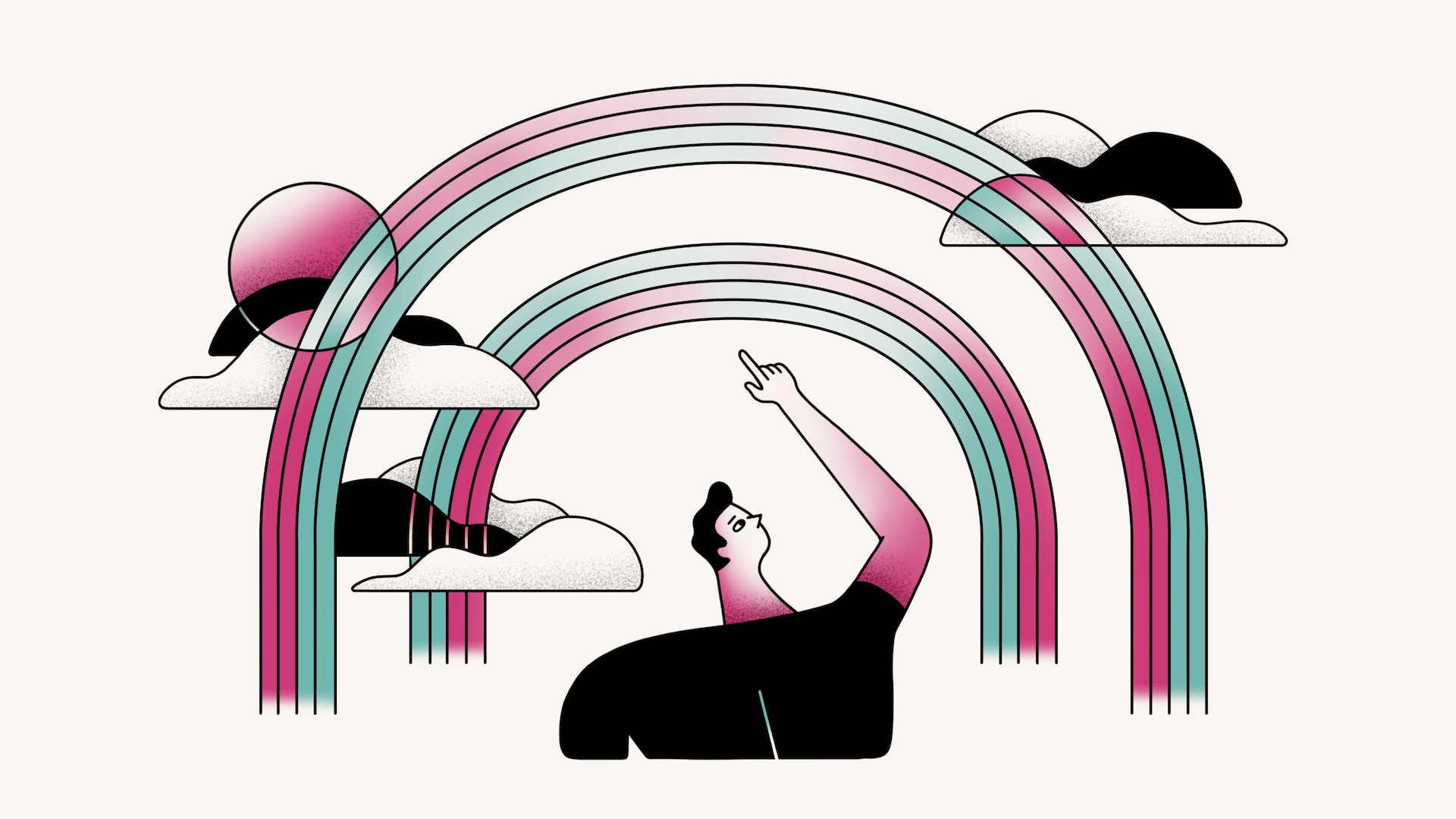
Hue&Cry is a studio in the burgeoning, blooming, tattooed river city of Richmond, Virginia. Our name comes from a Middle English phrase meaning “to raise an alarm.” If you needed to get a strong message to someone before there were smartphones, TV, or even electricity, you shouted out loud to everyone around you and they in turn shouted to those around them. That way, if there was a fire, goblin attack, or just a really cool double rainbow, the whole town would soon know. Our work today aims to do the same thing: capture your attention to spread a message far and wide. If it’s forgettable, we haven’t done our job.
We’ve technically been doing work since 2014 as a business division of The Martin Agency (GEICO, UPS, Oreo, etc.). On March 1st of this year however, after many months of negotiations, we finalized a deal to spin-off into a fully independent company, essentially becoming brand new again. I say this because our independence meant going from a global holding company with thousands of employees (and the corresponding policies and systems) to a 13-person startup. Suddenly we had to figure out everything that had previously been taken care of—business licenses, operating capital, internet service, new computers, furniture, time-off policies, employee benefits, payroll, and the like.
So the question was: given this opportunity to reset our company, what sort of vision and policies would we have? We knew they should be tied to both our love of the craft and our reasoning for moving to Richmond in the first place—to find a more livable city. To crystalize these ideas we dove deep into our subconscious, met with mystics, intoned ancient poetry under sagebrush canopies, and reflected on the journey to get here.
What a Long Strange Trip it’s Been
Like many of you I’ve spent most of my time working hard, nose to the grindstone, making things. I’ve been the guy working 12-hour days consecutively for months on end, cancelling plans and dinners because of work. In this industry there’s some unspoken expectation that we have to work long hours because we’re making something of ourselves or working on something “cool,” and I had accepted this as normal for too long. One day I just woke up to the reality of it all and started wondering what I was doing and where the balance was.
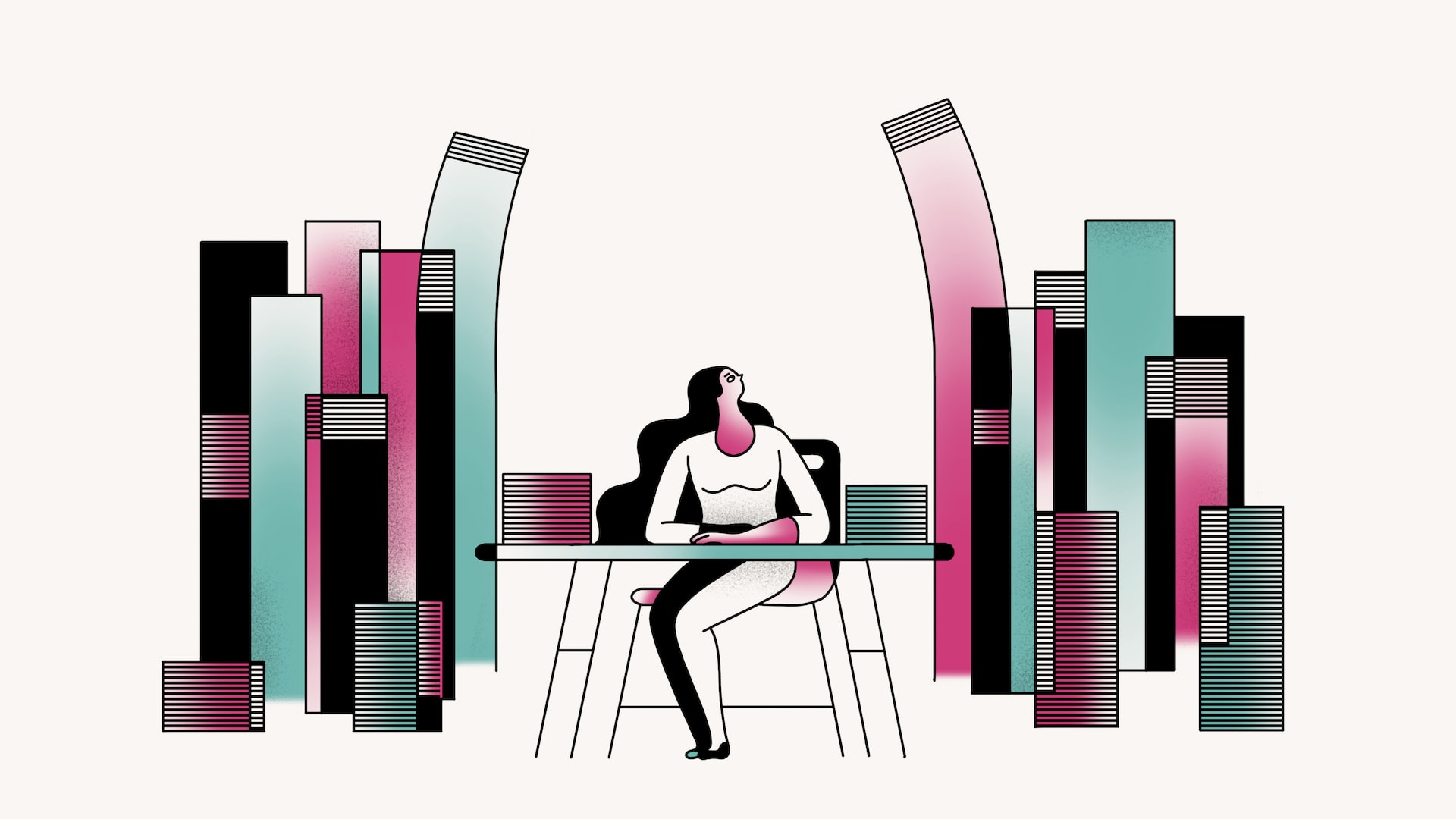
We all go through this period of self-reflecting on our career, where it has led us, and where we want to go. During this assessment we ask ourselves if we’re happy, what else might be out there, and what changes are needed to realize a better life or more opportunities. Whether this leads to drastic change or doubling down on what you’re already doing well, everyone goes through it.
For me that time came during the year leading up to my move from Los Angeles to Richmond. Exhausted from the freelance lifestyle, endless hours of driving to studios all over the map, chasing companies for payment, and four years of post-recession belt tightening, it was time for a change. So to say I wasn’t looking for an escape route when the opportunity came to transition from motion into advertising would be a lie. A career change and a break from Los Angeles for a couple years fit into the long term plan of finding that balance I was so dearly missing. I was definitely ready to test out a more accessible city, five-minute commutes, low taxes, and friendly neighbors.
Ultimately it was a good choice to take that leap. Over the next few years a lot happened, from gaining valuable advertising experience to starting a studio. Most importantly, however, came the realization that other people shared the same vision and experiences that motivated my move to Richmond. What started as a solo journey quickly turned into a joint effort to take steps towards something different.
Fast forward to early 2018. Hue&Cry is about to go independent and we’re writing the company policies. We attempted to address the very reasons we moved to Richmond and some of the industry challenges with the way we collectively work. The goal was not to find some mythically perfect balance to the work day—creative work is subjective and therefore doesn’t always fit nicely into eight hours—but rather to allow for hard work while creating a mechanism of support to take care of mental and physical health.
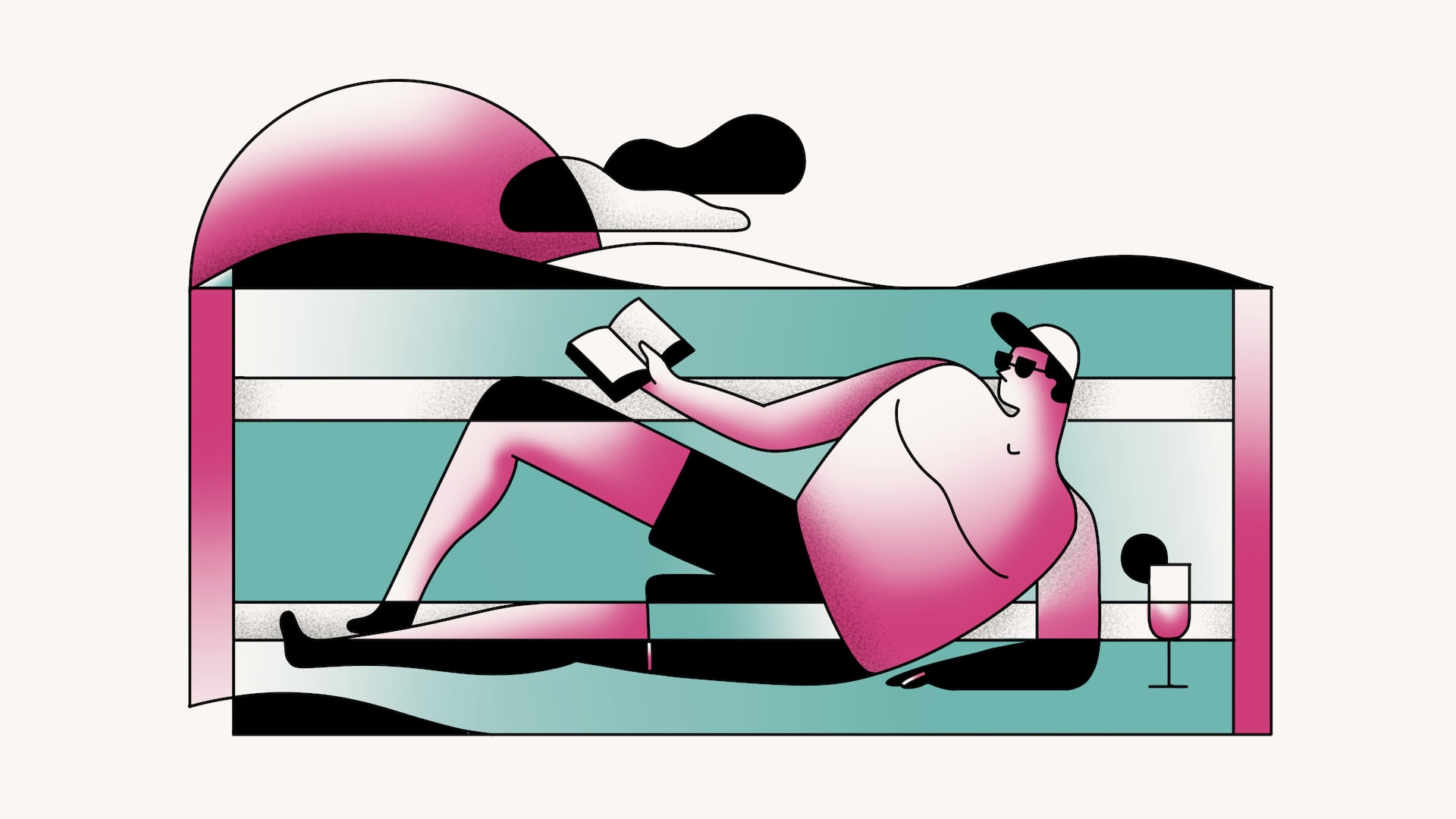
Everybody’s Working for the Weekend
“My name is Magnus, and I’m a workaholic.” There—I’ve said it, and I can’t really blame anyone else for this problem. Even if the pressures are real (like FOMO in the workplace, insane workloads, the hubris of thinking I’m irreplaceable, or just plain ambition) I’m still at fault for the consistency with which I work late or skip vacations entirely. As I can also attest, more than just a bad habit, this behavior is a serious health risk. Without proper rest, hard work eventually leads to devastating consequences at home and in the workplace. Between morale and HR-related issues that develop around stressed out employees or blacking out on airplanes that lead to neurological exams (yes, this actually happened to me), the effects of this problem are severe.
There are many vacation policies out there, but I’ve encountered two primary ones: two weeks and unlimited. Two weeks is hardly enough to take care of social obligations—like parents coming to town, weddings, or a friend’s long birthday weekend—and still have a longer vacation when summer rolls around. And the ever more common “unlimited” vacation—which in reality is a sublime use of reverse psychology—more often results in almost none. One year into my tenure at Martin Agency I got the VP title, and with it came unlimited vacation. Then, knowing I couldn’t lose my vacation days, I just put them off continuously—and lost out on much more as a result.
The three months where I was blacking out and getting thunderclap headaches several times a day were terrifying, as were the battery of medical tests accompanying the situation. So given the chance to protect myself and others at Hue&Cry the first thing we did was take away the option to skip vacation by making it mandatory. Meaning you have to take vacation or we’ll schedule it for you, no excuses. This policy acts as a pressure release valve and ensures everyone takes the time to stay healthy. Second, we gave four weeks of vacation to each employee. Four weeks allows for those long getaway weekends and social visits, but also leaves enough vacation days for a long break and some deep relaxation. Lastly, we also encourage our team to use sick days as mental health days if they need them. Our whole policy is built around avoiding a critical breakdown of individuals and the team. The research shows that productivity, happiness, and creativity will all go up—we call that a win-win.
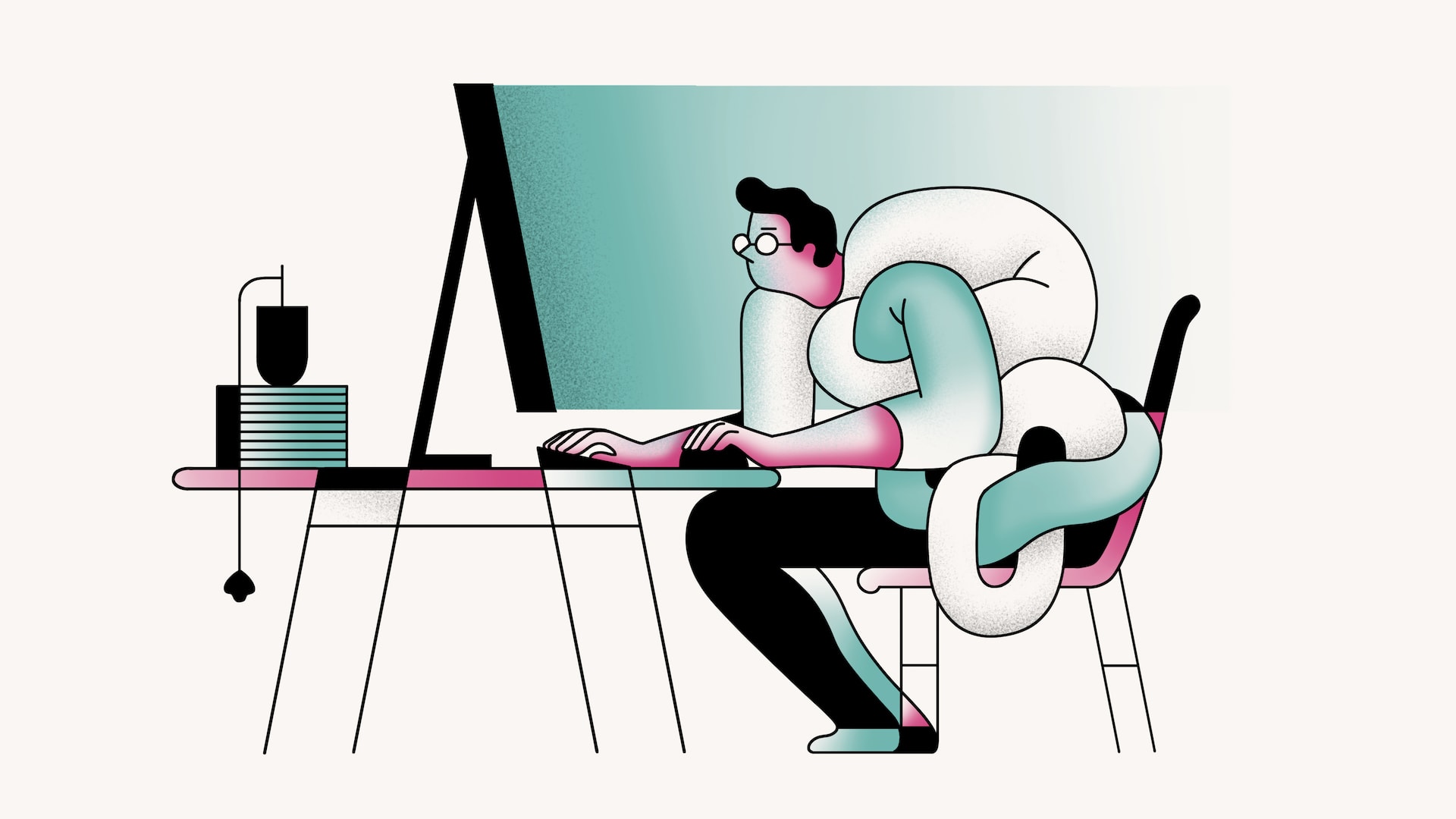
No Pain No Gain
It’s funny how much more abuse my body could take when I was young, from partying hard to pulling frequent all-nighters at work. I never guessed that sitting all day inside a climate controlled building could cause physical harm. And while it isn’t manual labor, it can still be destructive to the body in a slower, more insidious way. I remember the feeling now, 18 hours in the same chair, blue glow from the monitor slowly burning my retinas, body all knotted up in atrophy—so gross.
My approach to healthcare was always “just in case.” Even though I’m grateful healthcare is now a government mandate, the cost is incredible. And picking a high-deductible plan, just to save a few dollars, only makes out-of-pocket costs for care that much higher. I realize now that my reluctance to spend money on doctor visits was indirectly de-prioritizing my health.
Today, as an older and far less resilient human, I really see the value in prioritizing health for myself and others. Our solution was to pay for the entire thing. That’s right: zero dollars come out of employee paychecks for healthcare. Yeah of course the participant still pays the deductible for doctor visits, but that cost is less onerous because they aren’t paying for the plan itself. In addition to encouraging better health consciousness, it has the added benefit of leaving more money in everyone’s pockets.
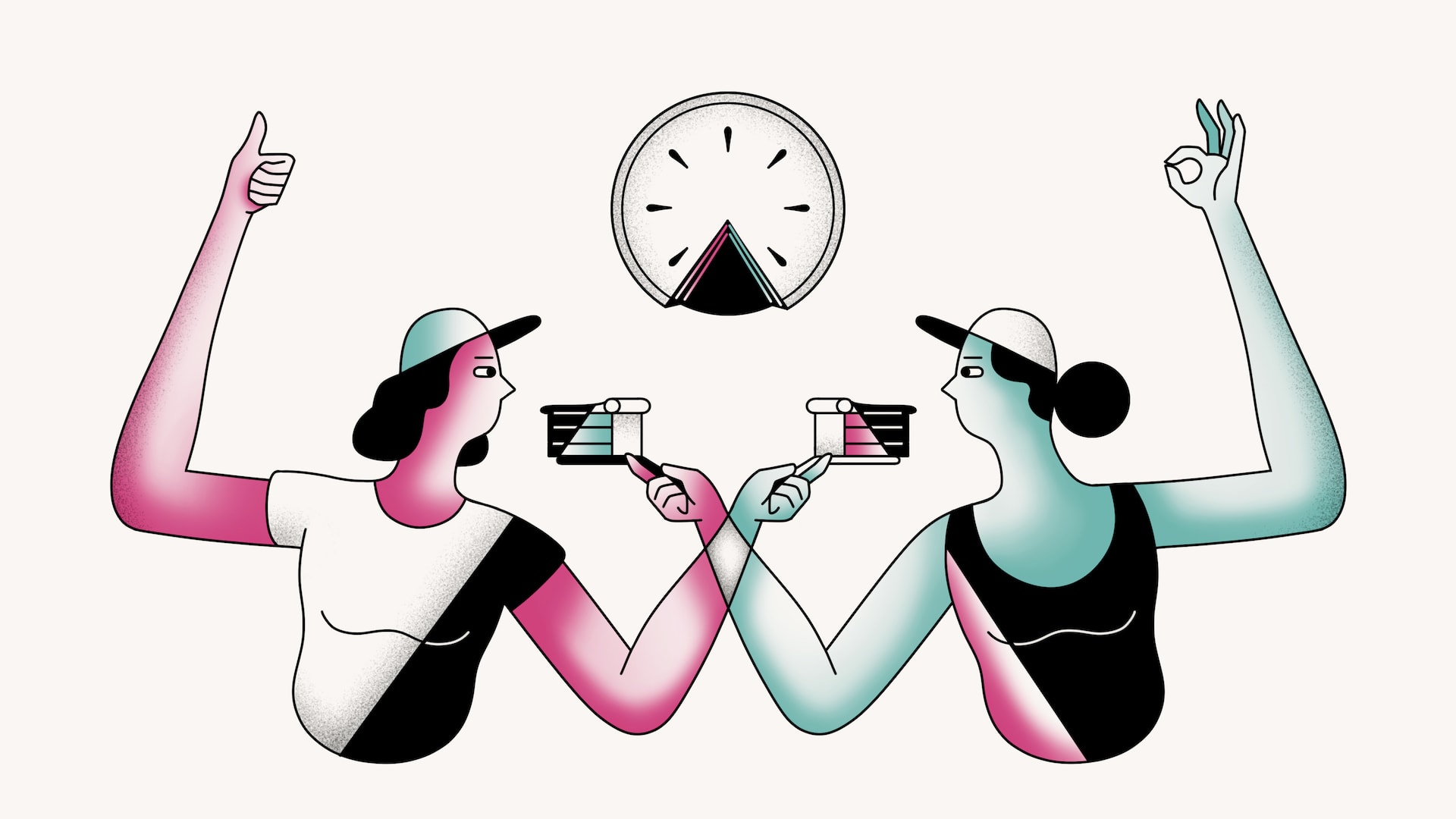
Making it Rain
Whether it’s a sense of loss as your rent money goes to a jerk landlord or the realization that your boss’ new Porsche was purchased by your efforts, there is nothing worse than feeling like you’re not getting ahead. Yes, we are paid well in this industry, and yes our work can sometimes have an impact on culture, but it feels even better to measurably see the value of our efforts. This is why the freelance game can be so enticing—set your own rate, select projects you like, take time off whenever you desire.
We wanted to bake some of that measurable reward into our company policy, so we instituted a profit sharing model that scales. True, a lot of companies have a 401k match or profit distribution, but it’s often very small, discretionary, and tied to a vesting period. Other companies use performance bonuses as another system of reward—if you’re lucky enough to get one—but these are not guaranteed and can create a dual class system. Meaning a performance bonus is often based on many factors in addition to performance—like flight risk, tenure, whether or not you’ve asked for a raise, or even your job role— effectively leaving many people deserving of bonuses without them. For example, if two people, one a creative and the other a project manager, both put in copious overtime and are each instrumental to the company’s success, how is it fair that only the creative gets a bonus? Maybe it’s marxist, or socialist, or egalitarian, but we decided not to play the favorites game.
Hue&Cry’s profit sharing model works like this: if the company is profitable, we will share it with every employee. And everyone is eligible to receive this benefit after only 60 days of employment, no long vesting period needed. Of course stability is still necessary, which is why we’ve based the amount shared on how healthy the company is. This means that as profitability and revenue increase, the percentage distributed will also grow, scaling all the way up to 25%.
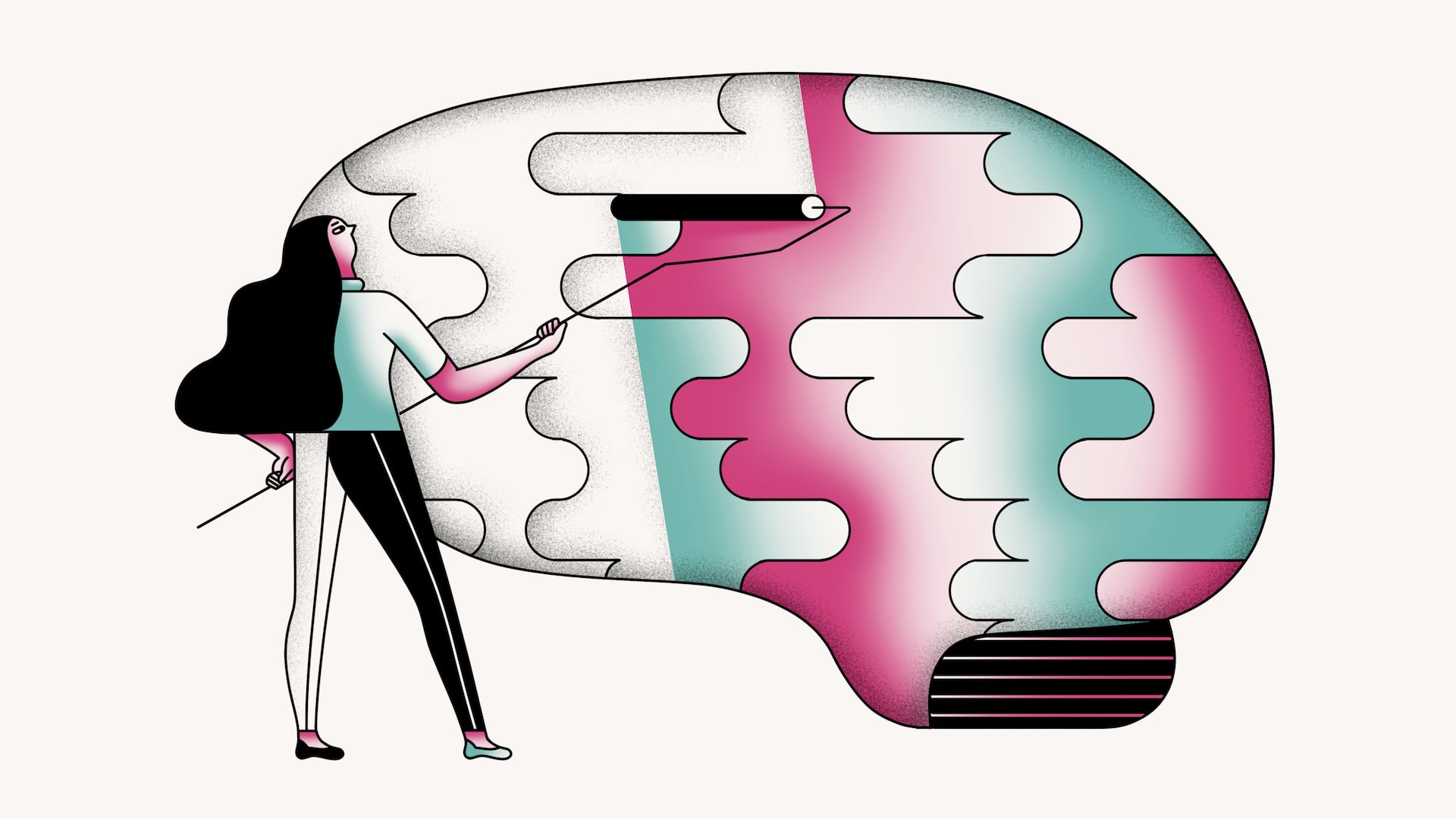
Get Smart
It took me 17 years to finish college. During that time I was deathly afraid of having to put “some college” on applications, it felt like the punchline to a bad joke. But learning isn’t just reserved for school, so I still taught myself to animate on an archaic software called Electric Image, got one lucky break animating a cityscape for a car commercial, and learned the rest on the job. But to this day, even though I did finally finish my degree (a completely unrelated degree in architecture of course) I still enroll in classes whenever I can. Learning should be continuous; it’s part of our job and integral to our ability to grow and innovate.
However you arrived though, the desire to hone skills and learn new things is something we wanted to support. To make this possible, we committed to paying for education. We pay for up to two college level courses per semester, for as many semesters as you like. This means you could get a whole degree if you wanted to put in the time.
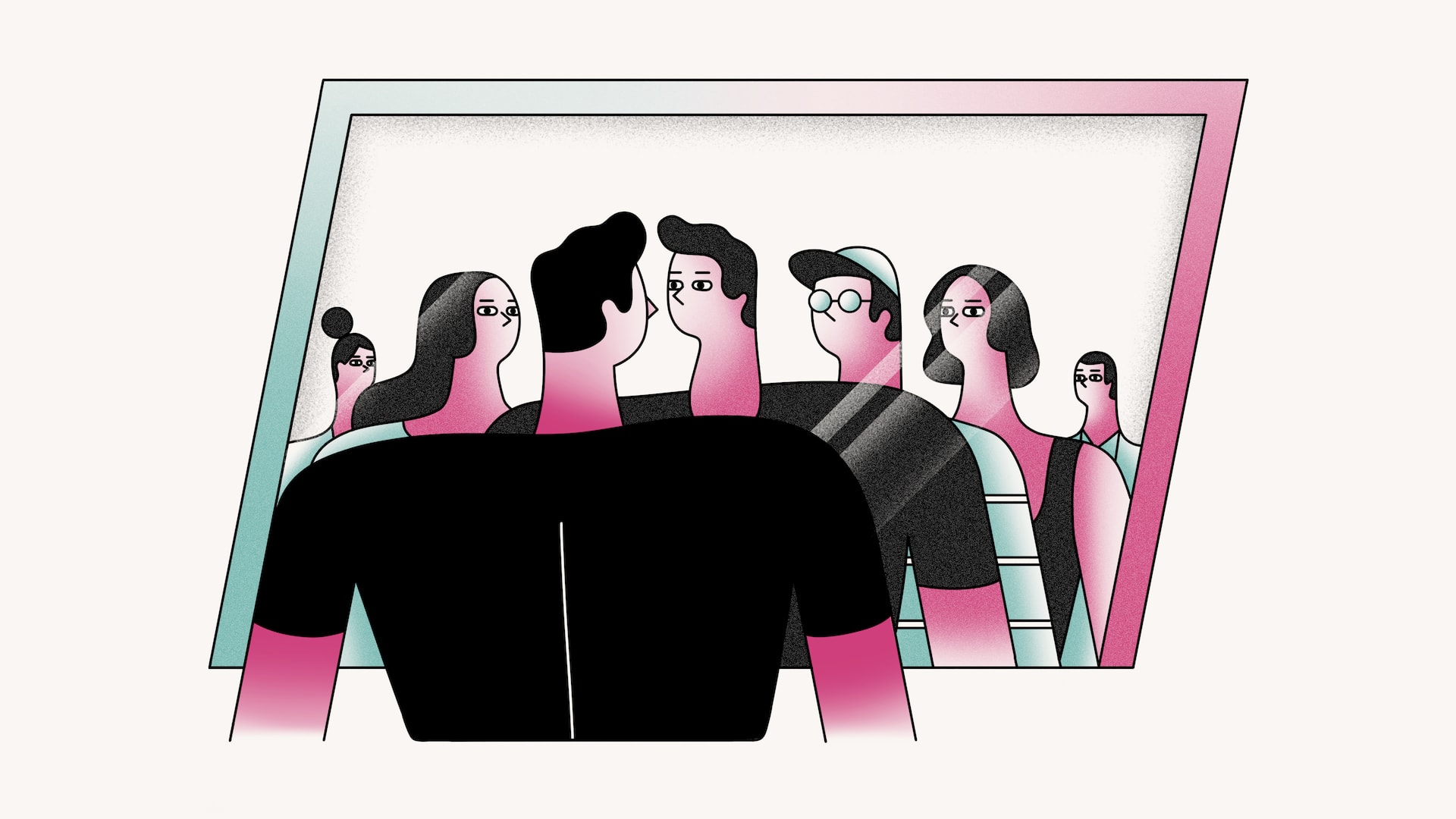
A Winning Formula?
In the 15 or so years I was freelancing, and the six years at Martin Agency, I experienced a lot of working environments. Some good, most of them weird, some downright awkward. I also went through a lot of self-induced challenges, most of which could have been avoided. What’s more, I’m not alone—my partners have been through just as much themselves. Their own instincts guided them to similar conclusions and, like me, to Richmond. As a result, the policies laid out here can be chalked up to what’s simply an attempt to create an environment that would have protected our younger selves, and our older ones too.
The tendency to walk through life (and work) on autopilot is a dangerous one. If we don’t stop and think about the intention of what we do and how to find a balance, the risks can be catastrophic. Working hard is okay and often necessary to success, but balance comes when you are conscious of the effects and actively create safeguards. If a 9-to-5 job with lower creative demands is your bag, go for it—your daily routine will probably be calm and balance will be easy to find. But if you’re ambitious and fulfilled by achievement, even if it means putting in extra hours, make sure to take time off and care for yourself. It’ll be worth it.
It’s obviously too early to tell if our experiment will work, but we’ll wager that by creating an inclusive system of support, we can all gain. This idea is derived from stakeholder theory, which suggests that all of the parties involved, not just the shareholders (or partners in this case), should benefit for a company to succeed. And yes, we hope it has the added benefit of making a career in Richmond a little bit more enticing. The cost of living is already incredibly low here, so combined with the prospect of doing great work with great people, we might just have a winning formula.




